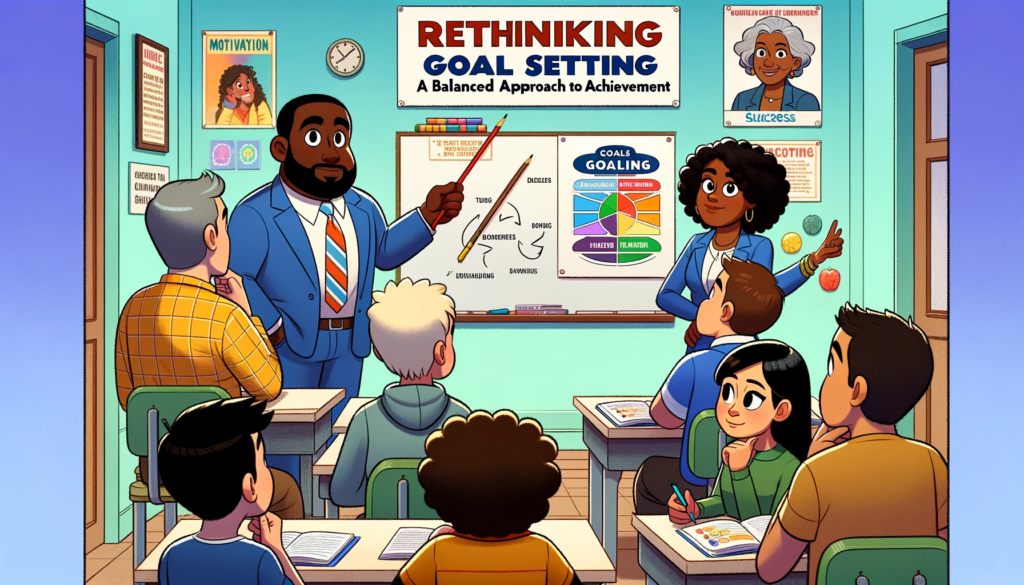
- Introduction:
- Understanding Hedonic Adaptation:
- The Parable of the Fisherman and the Businessman:
- Breaking the Cycle:
- Related Videos
- Does Money Equal Happiness?
- Money and Its Limits:
- Finding What Truly Drives You:
- Conclusion
Introduction:
In the relentless pursuit of happiness, we often find ourselves on a seemingly endless treadmill. This pursuit, shaped by what psychologists call ‘Hedonic Adaptation’, can be both a blessing and a curse. It’s the human tendency to quickly return to a stable level of happiness despite significant life changes, whether positive or negative. But is there a way to step off this treadmill and embrace lasting contentment? Let’s explore.
Understanding Hedonic Adaptation:
Hedonic adaptation is like a psychological immune system; it helps us maintain emotional balance in the face of life’s ups and downs. When we experience a positive change, such as a promotion or acquiring a new car, there’s an initial surge of happiness. However, this surge is often temporary. As we adapt to our new circumstances, our level of happiness tends to return to a baseline. The same principle applies to negative changes – we adapt and find our way back to our usual state of contentment.
The Parable of the Fisherman and the Businessman:
Consider the parable of a simple fisherman and a wealthy businessman. The fisherman spent his days enjoying his work, playing with his children, and relaxing with his family. One day, a businessman came to him with a proposition to expand his fishing business, promising wealth and prosperity. The fisherman asked, “And after I have all that wealth, what would I do?” The businessman replied, “You can then relax, spend time with your family, and enjoy life.” The fisherman smiled and said, “Isn’t that what I’m already doing?”
This parable highlights the essence of hedonic adaptation. The fisherman, content with his simple life, recognizes the joy in his current existence, while the businessman, constantly chasing more, may be on the hedonic treadmill, never quite reaching lasting happiness.
Breaking the Cycle:
- Cultivate Gratitude: Recognize and appreciate what you have. Keeping a gratitude journal or regularly reflecting on positive aspects of your life can shift your focus from what’s missing to what’s present.
- Set Realistic Expectations: Understand that happiness is not a constant state. Accepting life’s ebbs and flows can help you find peace in the present moment.
- Find Joy in the Journey: Happiness is often found in the pursuit of goals, not just in their achievement. Savor the small steps and progress along the way.
- Embrace Simplicity: Sometimes, less is more. Simplifying your life and focusing on meaningful activities and relationships can lead to deeper satisfaction.
- Practice Mindfulness: Being present and fully engaged in the current moment can help you appreciate your life as it is, without constantly longing for more.
Related Videos
Does Money Equal Happiness?
The age-old question of whether money equals happiness is deeply intertwined with the concept of hedonic adaptation. While it’s undeniable that financial security can alleviate stress and provide comfort, the relationship between money and happiness is complex and often misunderstood.
Money and Its Limits:
Research suggests that while money can improve happiness up to a point, particularly in lifting people out of poverty and meeting basic needs, its ability to increase happiness diminishes significantly beyond that. The thrill of new possessions or a higher status tends to be short-lived. As we adapt to our increased wealth, our desires and expectations grow, leading us back to the hedonic treadmill.
This brings us to an essential realization: while money is a necessary tool in our lives, it should not be the sole driver of our happiness or life’s purpose.
Finding What Truly Drives You:
- Meaningful Relationships: Cultivating strong, supportive relationships is key to lasting happiness. The joy and comfort derived from deep connections with family and friends often surpass material gains.
- Personal Growth: Pursuing personal development, whether through learning new skills, engaging in hobbies, or self-reflection, can provide a more sustainable sense of fulfillment than financial success.
- Purpose and Contribution: Engaging in work or activities that provide a sense of purpose or contribute to the well-being of others can create lasting satisfaction. This could be through one’s career, volunteer work, or simply helping those around you.
- Health and Well-being: Prioritizing physical and mental health is fundamental. Engaging in regular exercise, practicing mindfulness, and ensuring a balanced lifestyle are crucial for maintaining overall happiness.
- Experiences Over Possessions: Emphasizing experiences, such as travel, cultural activities, or spending quality time with loved ones, often brings more lasting joy than acquiring material possessions.
Conclusion
The hedonic treadmill teaches us an important lesson about human nature and happiness. While it’s natural to strive for betterment, understanding and accepting hedonic adaptation can lead us to cherish the present and find joy in the simplicity of life. Like the fisherman in the parable, we may realize that sometimes, true happiness lies not in having more, but in appreciating fully what we already have.
While money is an essential part of our lives, it should not be the end goal. Happiness stems from a variety of sources, most of which are intangible and deeply personal. By understanding what truly drives us and focusing on these aspects, we can step off the hedonic treadmill and embrace a more fulfilled and contented life.









